Introduction: A Pillar of American Industry
For over a century, General Motors (GM) has not just manufactured cars—it has driven innovation, shaped economies, and symbolized the rise, fall, and resurgence of American industry. From bustling Detroit factories to electric highways of the future, GM’s story is deeply intertwined with the narrative of American progress and transformation.
1. The Foundation of an Empire
Founded in 1908 by visionary William C. Durant in Flint, Michigan, General Motors started as a holding company for Buick but swiftly expanded. Within years, GM absorbed major carmakers like Cadillac, Oldsmobile, and Oakland (later renamed Pontiac), establishing itself as a conglomerate of diverse automotive brands.
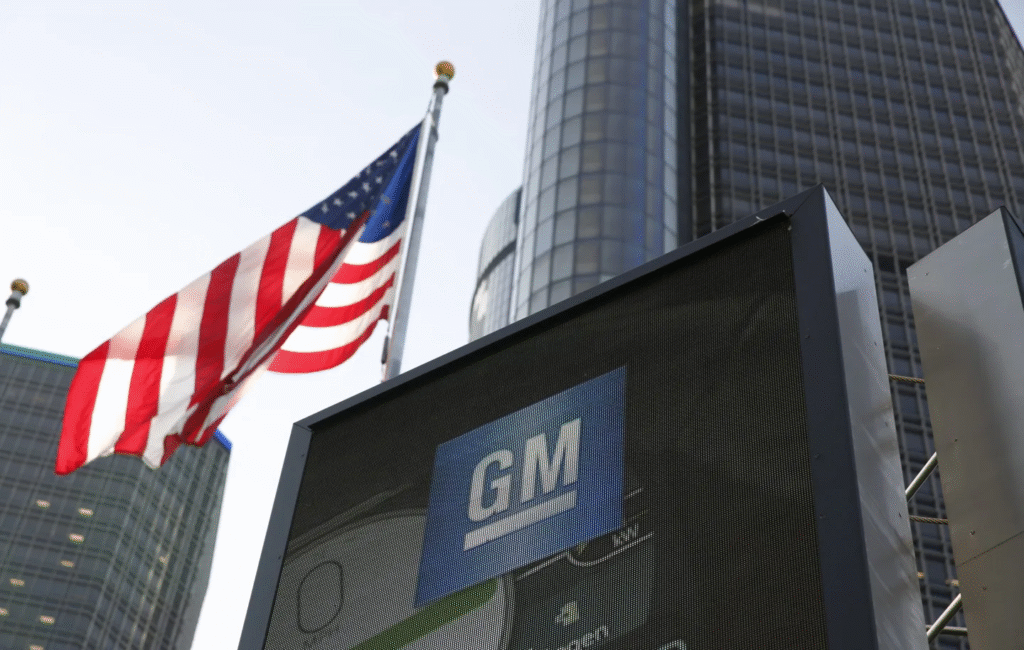
By the 1930s, GM had become the largest automobile manufacturer in the world, a title it held for an astounding 77 years. The company pioneered technologies like electric starters, automatic transmissions, and advanced vehicle safety systems, pushing the industry forward with each innovation.

2. A Giant Humbled – The 2008 Financial Crisis

Despite decades of dominance, GM faced severe financial struggles in the early 21st century. The 2008 global financial crisis pushed the company to the brink. In 2009, GM filed for Chapter 11 bankruptcy—a shocking moment in American corporate history.
But GM’s story didn’t end there.
With strategic government support and a comprehensive restructuring plan, GM emerged from bankruptcy within months. The company shed unprofitable brands like Pontiac, Saturn, and Hummer (which later made a comeback as an electric vehicle) and refocused on innovation, efficiency, and sustainability.

3. The Brands That Define GM
Today, General Motors operates four core brands that serve a wide spectrum of consumers:
- Chevrolet: The heart of GM’s mainstream lineup, offering everything from compact cars to full-size trucks and electric vehicles like the Chevy Bolt and Silverado EV.
- Cadillac: A symbol of American luxury and refinement, Cadillac is undergoing a renaissance with electric models like the LYRIQ and CELESTIQ, showcasing high-end design and cutting-edge technology.
- GMC: Known for its rugged trucks and premium SUVs, GMC appeals to drivers seeking strength, capability, and style.
- Buick: Positioned between Chevrolet and Cadillac, Buick offers quiet luxury and sleek crossovers, especially successful in China, one of GM’s biggest markets.

4. Leading the Charge into an Electric Future
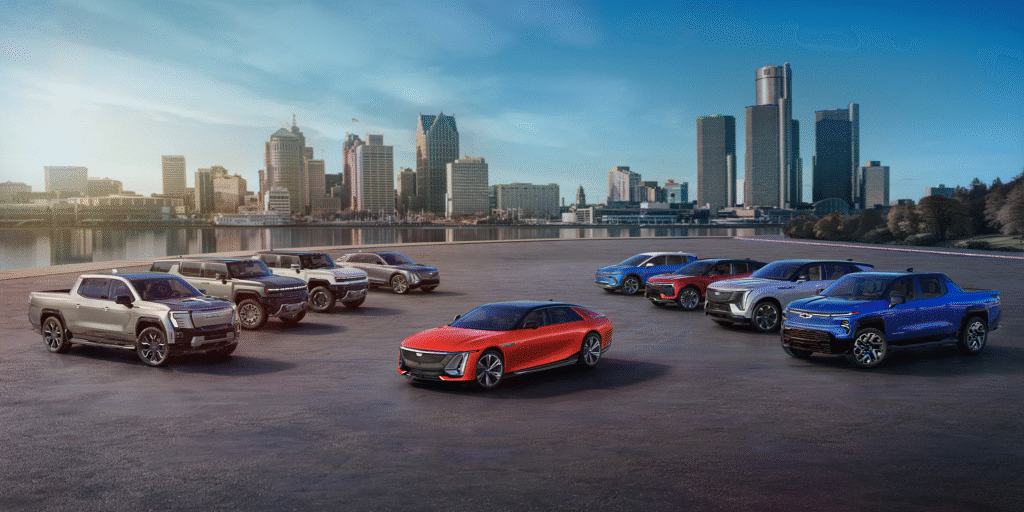
GM has boldly committed to becoming a fully electric vehicle (EV) company by 2035, pledging to stop selling gasoline-powered light-duty vehicles. It also aims to become carbon-neutral by 2040.
Key steps in this transformation include:
- Investing over $35 billion in EV and autonomous vehicle technology from 2020 to 2025.
- Launching the Ultium battery platform, enabling flexible, high-performance EV architecture.
- Reviving the Hummer as an all-electric supertruck.
- Partnering with Honda, Cruise, and other companies to advance autonomous driving and shared mobility solutions.
Through its EV strategy, GM is not just responding to change—it is actively shaping the future of mobility.
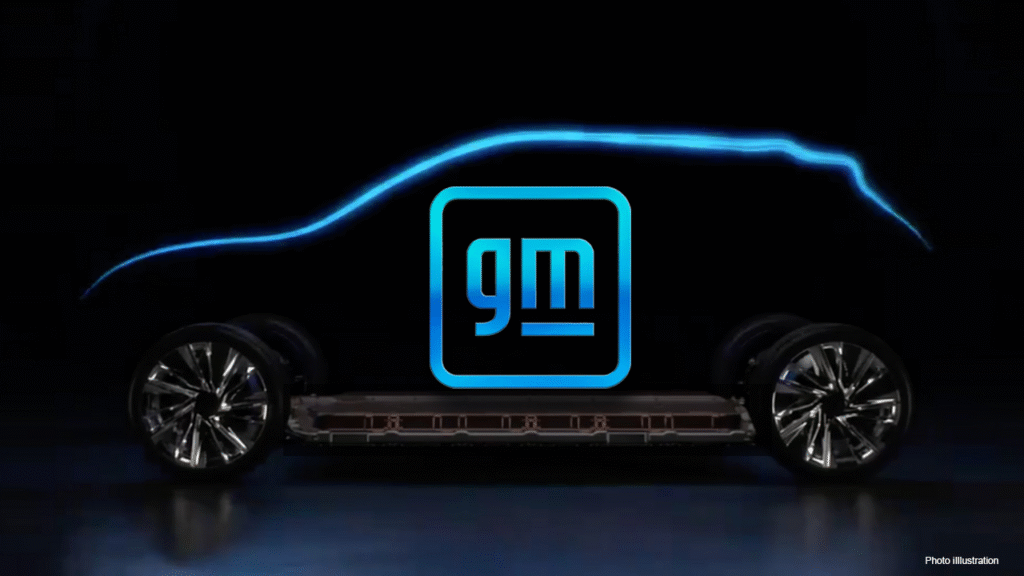
5. A Woman at the Wheel: Mary Barra’s Leadership
In 2014, Mary Barra became the first woman CEO of a major global automaker. Her leadership marked a turning point for GM.

Barra’s tenure has been defined by transparency, innovation, and a long-term vision. She led the company through recalls, cultural change, and positioned GM as a serious player in the EV and autonomous vehicle revolution.
Mary Barra is more than a CEO—she is a symbol of transformation in a male-dominated industry.
6. Global Reach, Local Impact
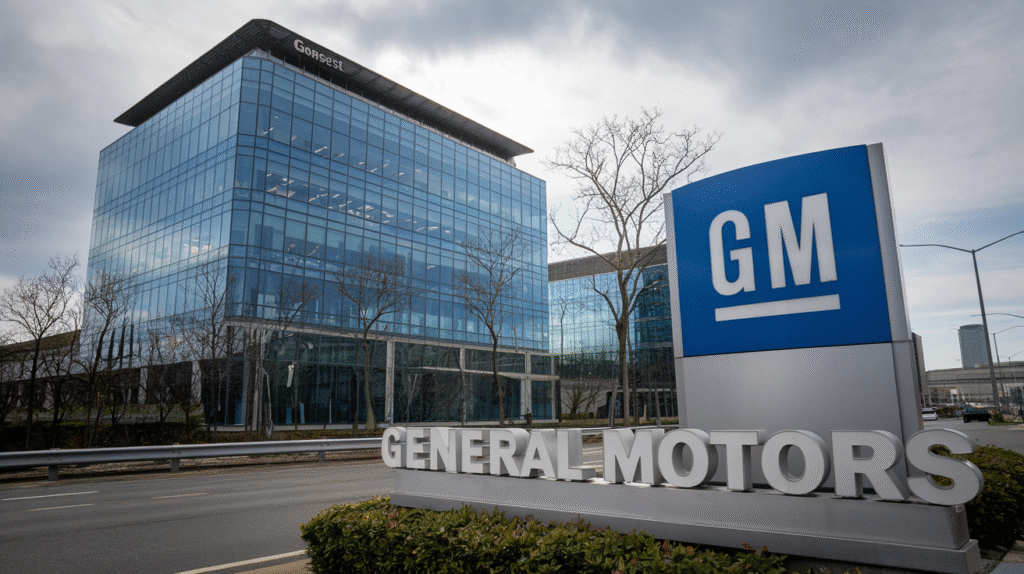
GM’s influence spans the globe. In addition to its North American stronghold, the company maintains joint ventures in China (like SAIC-GM and SAIC-GM-Wuling), where it sells millions of vehicles annually. It also has operations in South America, the Middle East, and parts of Africa.
Despite its global reach, GM continues to invest in American manufacturing, with facilities across the U.S. employing tens of thousands of workers and supporting local communities.
Conclusion: A Legacy Still in Motion
General Motors’ journey—from its rise as an industrial titan to its collapse and rebirth—reflects the resilience of American innovation. Today, GM stands at a new crossroad, driving toward a cleaner, smarter, and more inclusive future.
GM is no longer just building vehicles. It is building the future of transportation—electric, autonomous, connected, and sustainable.
And this time, it’s not just leading the industry—it’s redefining it.
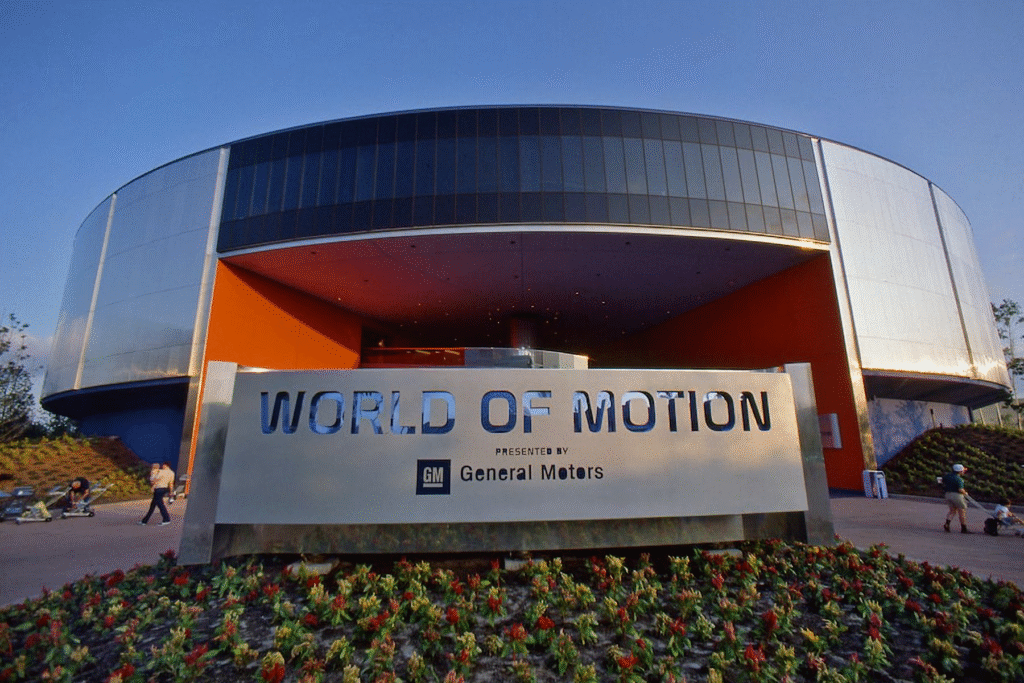
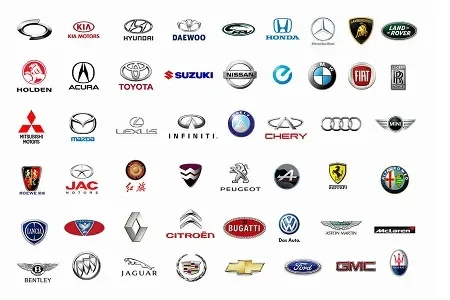


Bình luận gần đây